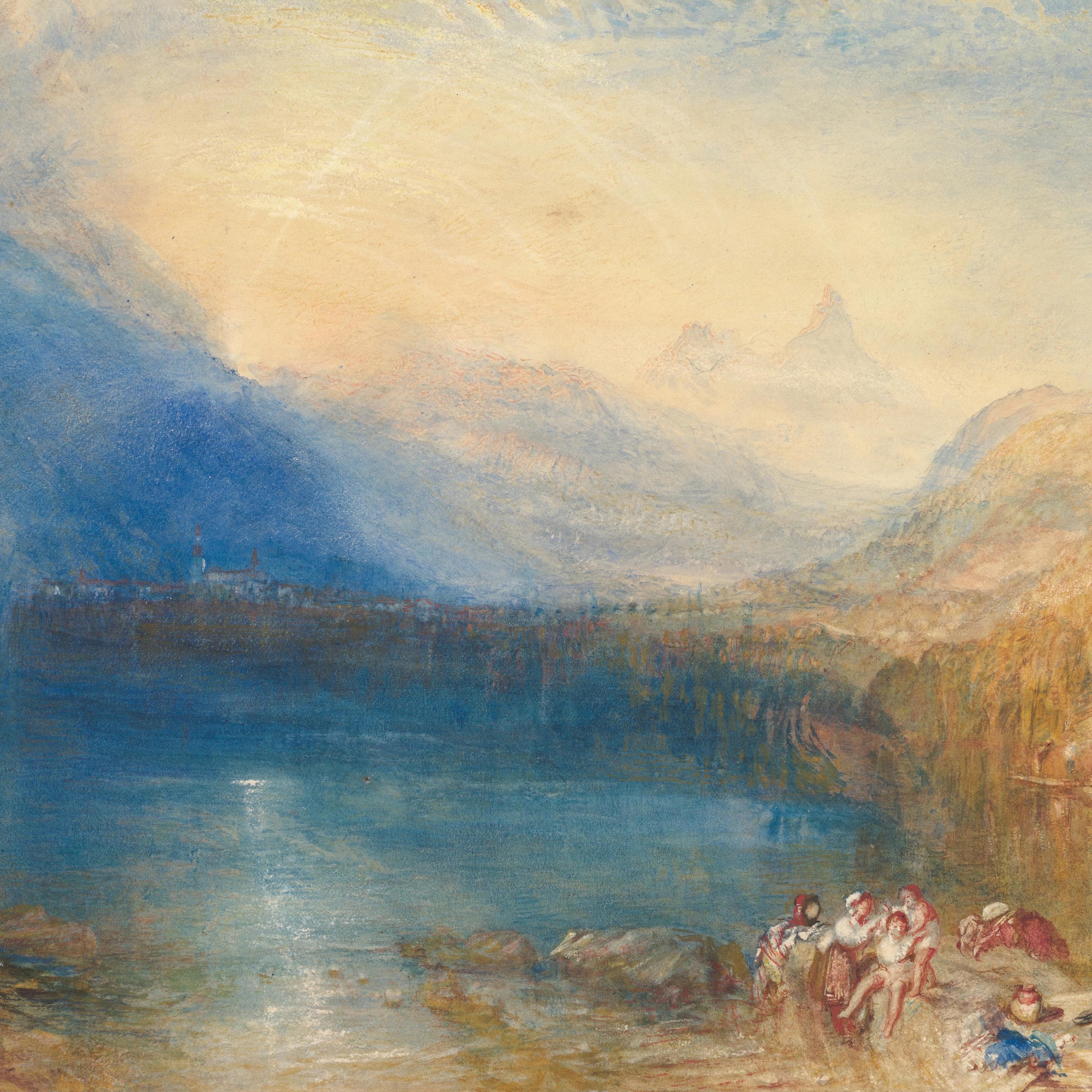The Department of Drawings and Prints boasts more than one million drawings, prints, and illustrated books made in Europe and the Americas from around 1400 to the present day. Because of their number and sensitivity to light, the works can only be exhibited for a limited period. To highlight the vast range of works on paper, the department organizes four rotations a year in the Robert Wood Johnson, Jr. Gallery. Each installation is the product of a collaboration among curators and consists of up to 100 objects grouped by artist, technique, style, period, or subject.
The current installation explores the ways artists embed their works with complex layers of meaning, whether relating stories, ideas, and feelings through symbols, as in allegory, or suggesting them through line, color, and pattern, as in abstraction. Featured is Matisse’s 1947 series Jazz, a spectacular array of bold, colorful images that bring to mind ostensibly joyful memories of circuses, folktales, and travel, while also alluding to the dark days in France during World War II. From the same year, Louise Bourgeois’s He Disappeared into Complete Silence, described by the artist as “a drama of the self,” similarly deploys allegory and abstraction to create a compelling psychological self-portrait. Also on view are depictions of dancers, ranging in date from the Renaissance to the twentieth century. In these works, palpable emotions and entire stories unfold through abstract bodily movements.
Completing the selection are important watercolors by J. M.W. Turner and Thomas Girtin in recognition of the two hundred and fiftieth anniversary of each artist’s birth—practitioners whose treatment of light, color, and atmosphere anticipated aspects of twentieth-century abstraction.
